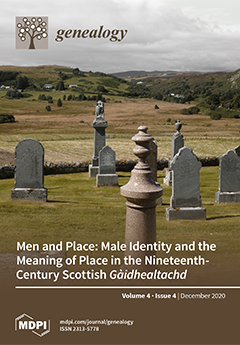This study examines a historical trauma theory-informed framework to remember
Kānaka Maoli (Native Hawaiian) and lesbian, gay, bisexual, transgender, queer, and/or
māhū (LGBTQM) experiences of colonization in Hawai`i.
Kānaka Maoli people and LGBTQM
Kānaka Maoli face health issues disproportionately when compared with racial
[...] Read more.
This study examines a historical trauma theory-informed framework to remember
Kānaka Maoli (Native Hawaiian) and lesbian, gay, bisexual, transgender, queer, and/or
māhū (LGBTQM) experiences of colonization in Hawai`i.
Kānaka Maoli people and LGBTQM
Kānaka Maoli face health issues disproportionately when compared with racial and ethnic minorities in Hawai’i, and to the United States as a whole. Applying learnings from historical trauma theorists, health risks are examined as social and community-level responses to colonial oppressions. Through the crossover implementation of the Historical Loss Scale (HLS), this study makes connections between historical losses survived by
Kānaka Maoli and mental health. Specifically, this manuscript presents unique ways that
Kānaka Maoli describe and define historical losses, and place-based themes that emerged. These themes were: the militarization of land; the adoption of christianity by
Kānaka Maoli ali`i; the overthrow of the sovereign Hawaiian monarch; and the importance of māhū and LGBTQ perspectives. Each of these themes will be presented in detail. Written by a queer, mestiza Pinay-American scholar, her mentor, a lesbian
Kanaka Maoli scholar/activist, with contributions from Community Advisory Board members, there will also be discussion about ethics of research with and for
Kānaka Maoli.
Full article





